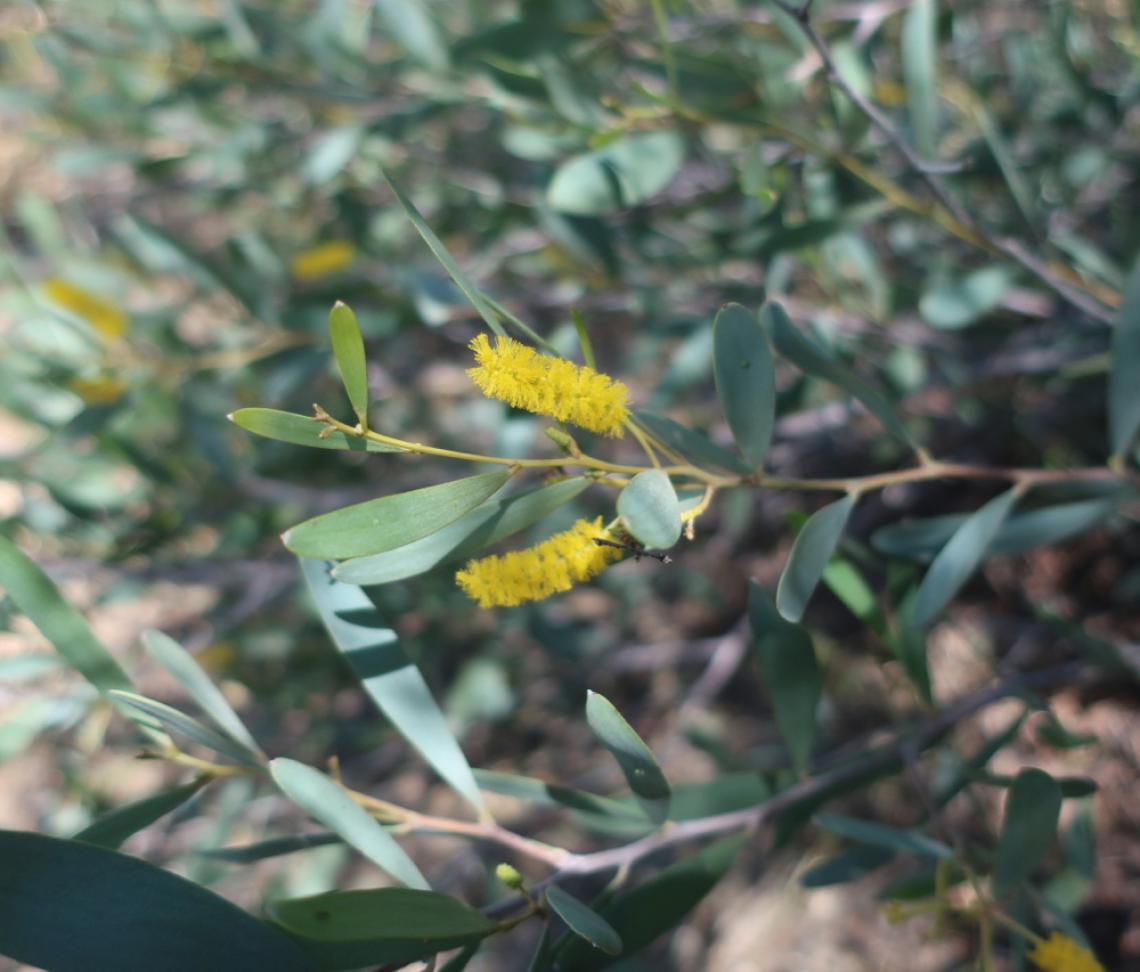Available Seed Accessions
| Accession No. | Taxon | Availability | Country | State/Province | Provenance |
|---|---|---|---|---|---|
| 890131 |
Acacia redolens
|
A (Abundant) | United States | Arizona |
Cultivated
|
| 900631 |
Acacia redolens
|
A (Abundant) | United States | Arizona |
Cultivated
|
| 900631D |
Acacia redolens
|
A (Abundant) | United States | Arizona |
Cultivated
|
| 990100 |
Acacia redolens
|
A (Abundant) | United States | Arizona |
Cultivated
|

